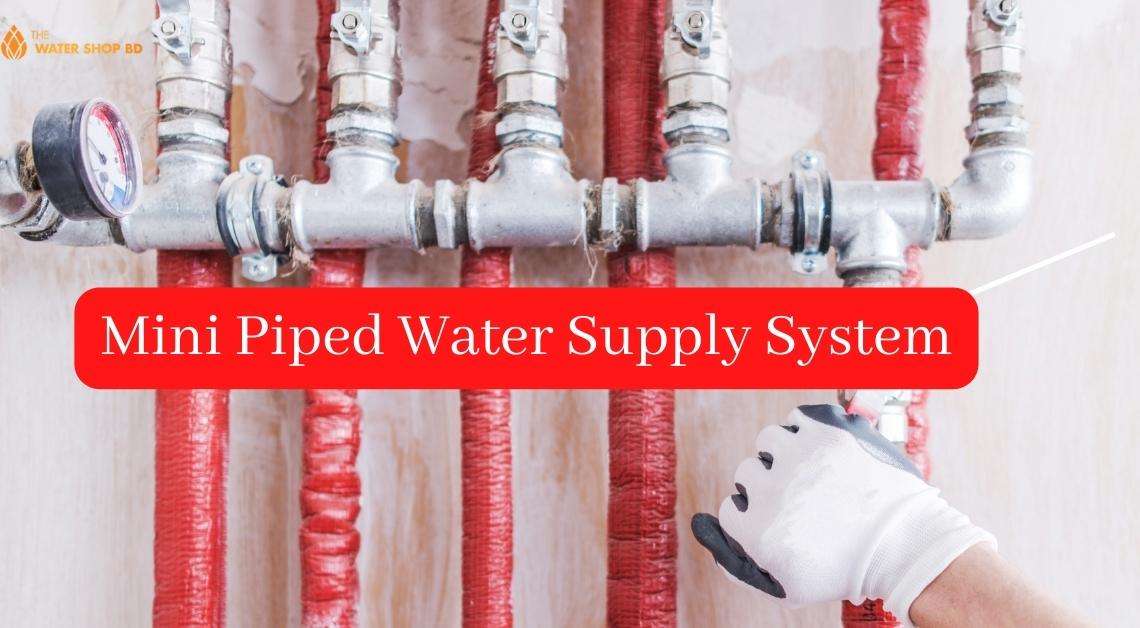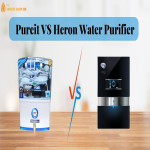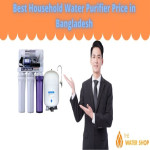When you need a cold glass of water, a warm cup of tea, or soup, a water chiller or an instant hot water dispenser comes in handy.
A water chiller is a little electrical appliance that lies beneath your kitchen counter. It has a specific tap on your kitchen counter that can offer cooled water. A jar, like a water distiller, takes up less room in your refrigerator and you don't have to wait for the water to cool.
An instant hot water dispenser boils water to the point that you can prepare tea or soup with it. The instant hot tank gives hot water anytime you want it using a specific tap on top.
If you are planning to buy a water chiller or instant hot water dispenser for home, you must be wondering how water chillers and instant hot water dispensers work. In this article, we will cover that for you.
Different Types of Water Chillers

Water chillers, like refrigerators and water coolers, employ sealed refrigeration. Chillers can have different sizes or offer different amounts of cooled water in a given amount of time. When installing a water chiller beneath the counter, make sure it has enough ventilation since sealed refrigeration generates heat that escapes the device.
Some water chillers include a fan on top that warms the underside of your kitchen cabinet. The temperature of the ambient water that feeds the water chiller fluctuates as a result of this. The water flowing into the chiller heats up if we don't have enough ventilation from the cabinet, which heats the water coming out of it.
How Do Water Chillers and Instant Hot Water Dispensers Work

A water chiller, like a water cooler, employs sealed refrigeration. Water is chilled in a reservoir by a water cooler. An under-counter chiller, on the other hand, does not have a large reservoir but can cool water at a rate of eight ounces per hour.
The instant hot water dispenser functions in the same way as an electric water heater do. A heating element is housed in a tank within the water heater. The heating element is thermostatically regulated, which means it keeps the water at the temperature you specify. You don't want the temperature to reach boiling point, but it should be hot enough to prepare meals and beverages.
Installation and Maintenance of a Water Chiller

To feed the water chiller, first, attach an adapter to the cold water line that supplies your standard faucet. It has two ports: one for in and one for out. The water is delivered to a specific faucet on the kitchen countertop by the out. Keep in mind that as water's temperature changes, it expands or contracts, so adding a chiller necessitates additional tubing and a small check valve to provide the water somewhere to go while it's changing form, or expanding or contracting. With your chiller, you should add a bypass or an extension kit.
The upkeep of a water chiller is rather simple. Start it up and let it run. There are no things inside that may harm the chiller if you're giving it chlorinated municipal water. A water chiller has a guarantee and a lifetime. Chillers have a lifespan of one to 10 years. Internal fittings may begin to fracture and break, although chillers are low-maintenance machines.
Installation and Maintenance of Instant Hot Water Dispenser

The cold water supply that feeds your standard faucet is connected to a hot water dispenser. To run water straight to the faucet, use an adaptor. Put a filter between the cold water supply and the faucet if you wish to add one to the system.
Because the hot water dispenser produces steam, which causes pressure, water flows directly to the faucet. An open-vent faucet is used in these units. This signifies that the hot water pipe for the faucet comes from this tank. The tube extends all the way to the tap gooseneck's end. The gooseneck lacks a valve, allowing the pressure that develops inside the hot tank to escape via the faucet.
What happens when you turn on the hot water faucet? The water is channeled into the hot tank, which then pushes hot water out the faucet. Water may be dispensed with a small delay. An open-vent faucet prevents pressure from building up in the hot tank beneath your sink. Failure would occur if there was too much pressure.
Energy is used by instant hot water dispensers. The water is heated by an internal heating element that consumes energy. The heating element, on the other hand, is thermostatically regulated and serves merely to maintain a temperature. It doesn't heat up all the time, like your house water heater. To keep up with your thermostatic setting, it consumes energy to boost the temperature gradually.
Buying Water Chiller and Instant Hot Water Dispenser From Watershopbd
With its capacity, versatility, and functionality, an instant hot water dispenser can be an incredibly valuable addition to the office in a busy environment where no one has time to wait for a kettle. Its capacity, versatility, and functionality allow you to save time, space, and money, making it the ultimate addition to your workplace or office. You can enjoy wonderful, fresh-tasting water at the ideal temperature for all your favorite hot drinks with a hot water dispenser.
The efficiency of your water chiller will have a significant influence on your building's running expenses. From the standpoint of facility management, periodic maintenance is the bare minimum. Real-time operational data is required for chiller system predictive maintenance and optimization.
You can buy the best quality water chiller and instant hot water dispenser from Water shop bd. The price range is reasonable and we will ensure proper installation and service at your doorstep. Buy the water chillers and instant hot water dispensers of the best brands around the globe from Water shop bd and ensure safe and hygienic water with the optimized temperature for you and your family.










